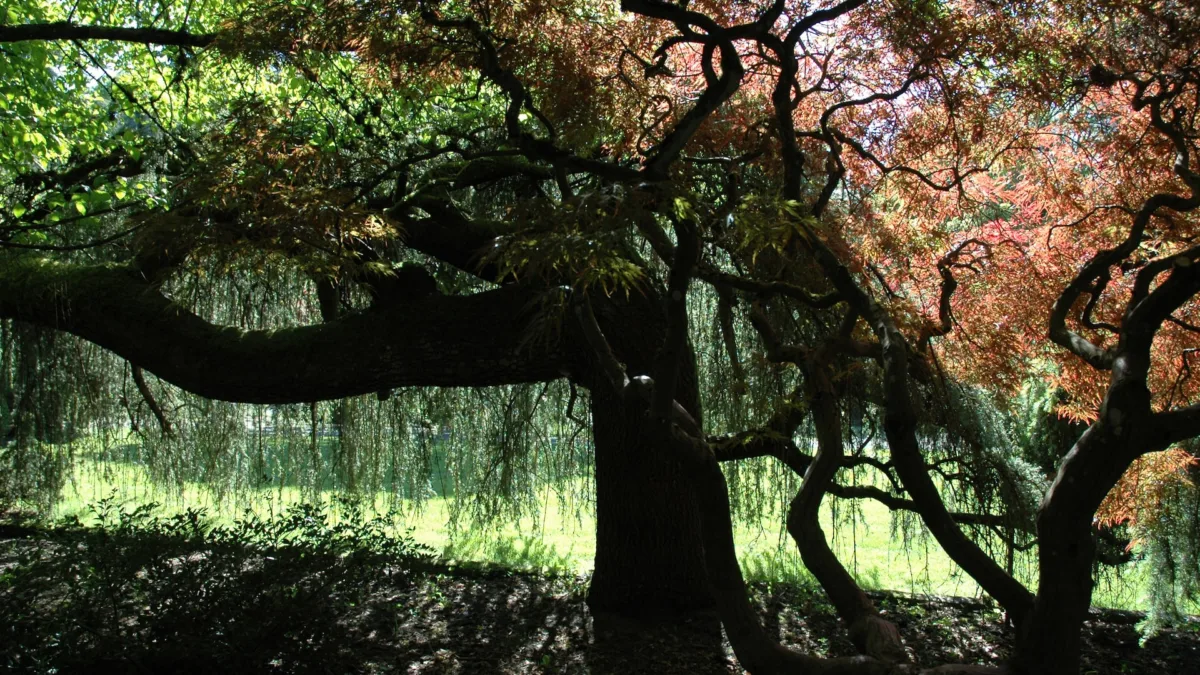Growing vegetables in a shaded garden doesn’t have to be a challenge! With the right approach and the right plants, you can still enjoy a bounty of homegrown veggies even in partial shade.
Choosing the Right Plants
When it comes to choosing the right plants for a shaded garden, leafy greens like lettuce and spinach are a great option. As gardening expert Barbara Pleasant writes:
Many of the best vegetables to grow in shade have broad leaves, which they can unfurl like large solar collectors. Arugula, lettuce, chard, kale and most other leafy greens are top candidates for partial shade
These vegetables prefer cooler temperatures and moist soil, so remember to water them regularly and provide good drainage. Both lettuce and spinach grow easily from seeds or seedlings and you can harvest them when the leaves are young and tender.
Root vegetables like beets and carrots can also tolerate some shade and still produce a bountiful crop. Beets need well-drained soil with a pH between 6.0 and 7.0, and you should plant them about 3 inches apart. Carrots also need well-drained soil, and you should plant them about 2 inches apart. You can grow beets and carrots from seeds and harvest them when they are fully mature.
Cool-season vegetables like broccoli, cauliflower, and Brussels sprouts may also do well in partial shade. These vegetables prefer cool, moist climates and well-drained soil. Plant them about 18 inches apart and water them regularly to keep the soil moist. You can grow these vegetables from seeds or seedlings and harvest them when they are fully mature.
Herbs like mint, chives, and cilantro can also thrive in partial shade. Mint needs well-drained soil and regular watering to keep the soil moist. You can grow it from seeds or cuttings and harvest it as needed. Chives prefer well-drained soil and you should plant them about 6 inches apart. You can grow them from seeds or bulbs and harvest them as needed. Cilantro needs well-drained soil and you should plant it about 8 inches apart. You can grow it from seeds and harvest it when the leaves are fully mature. If you want to learn more about growing herbs, you can read our article about growing your own herbs. We have some useful tips there for you!
Improving Soil and Drainage
In addition to choosing the right plants, you can use a few strategies to improve the soil and drainage in your shaded garden. Mulch and other organic matter can help retain moisture in the soil and keep the roots of your plants cooler, which can be a big help in partial shade. Using mulch and other organic matter can help create a more favorable growing environment for your vegetables.
Another option to consider is growing vegetables in containers or raised beds. This can help improve the soil and drainage in your garden, which may help your vegetables grow better even in partial shade. Container gardening is especially useful for small gardens or for those who live in apartments or condos without much outdoor space.
Conclusion
With the right approach and the right plants, you can enjoy a successful vegetable garden even in partial shade. So don’t let a little lack of sunlight hold you back – get out there and start growing!

